Uganda’s hiking and nature walk destinations are as diverse as its ecosystems. In the Bwindi Impenetrable National Park, famed for its mountain gorillas, nature walks reveal a different perspective of this dense and ancient forest. Trails such as the Munyanga River Walk and the Ivy River Trail lead through verdant undergrowth, where rare birds, butterflies, and primates flourish. While gorilla trekking commands global attention, these quieter walks expose the richness of Bwindi’s biodiversity beyond its famous primates.
The Rwenzori Mountains, often referred to as the Mountains of the Moon, represent Uganda’s most dramatic hiking destination. Rising to snow-capped peaks that soar above 5,000 meters, the Rwenzoris are a UNESCO World Heritage Site renowned for their unique alpine flora, glacial lakes, and rugged terrain. Multi-day treks, such as the Central Circuit or Kilembe Trail, challenge adventurers with steep climbs and unpredictable weather, yet reward them with breathtaking scenery unmatched elsewhere in Africa. For less demanding experiences, shorter hikes around the foothills introduce visitors to the cultural landscapes and stunning vistas of the region.
In Murchison Falls National Park, nature walks offer the chance to explore savannah plains, riverine forests, and the dramatic gorge carved by the Nile. Guided walks here reveal giraffes grazing on acacias, warthogs scurrying through the grass, and an impressive variety of birdlife. Similarly, Lake Mburo National Park is one of the few parks where guided walks into the wild are permitted, creating opportunities to encounter zebra, impala, and hippos at eye level. Beyond the national parks, the trails of Mount Elgon National Park on Uganda’s eastern border lead to the world’s largest volcanic caldera, with diverse vegetation zones ranging from montane forests to Afro-alpine moorlands. Each location presents its own distinctive atmosphere, ensuring that hiking in Uganda remains endlessly varied and rewarding.

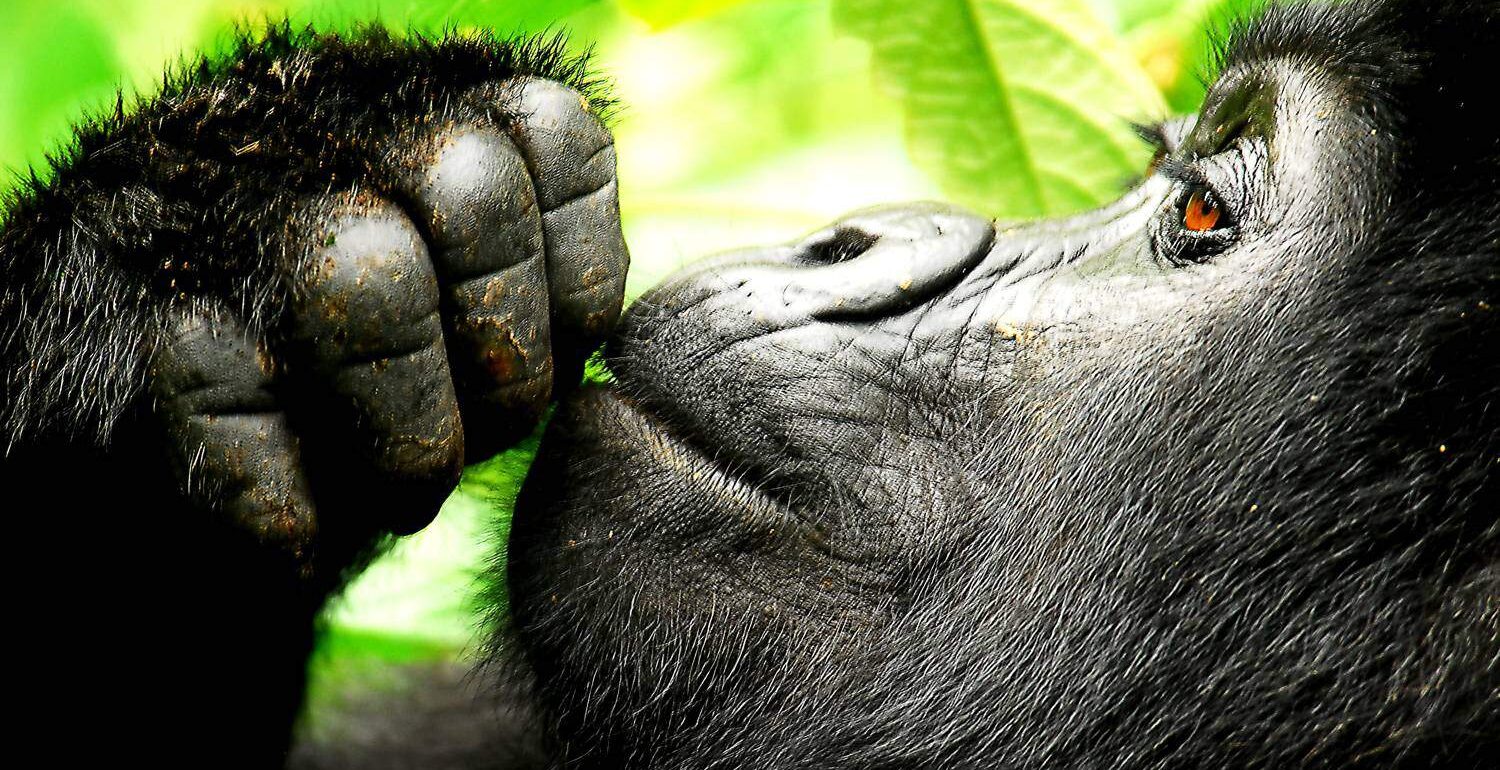
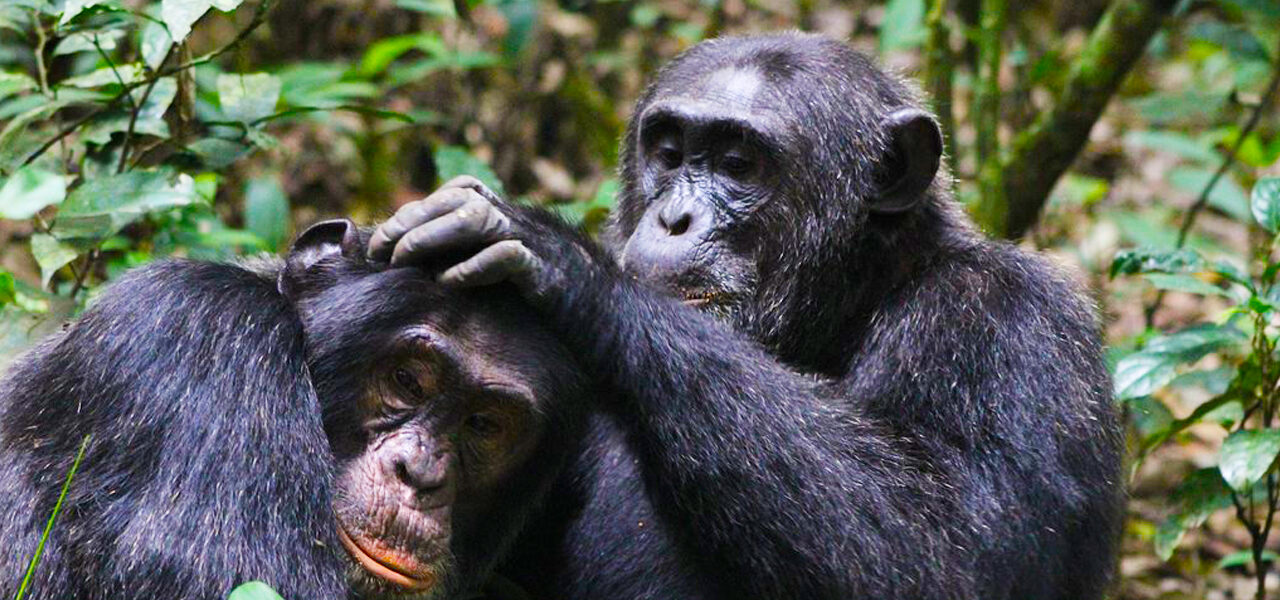

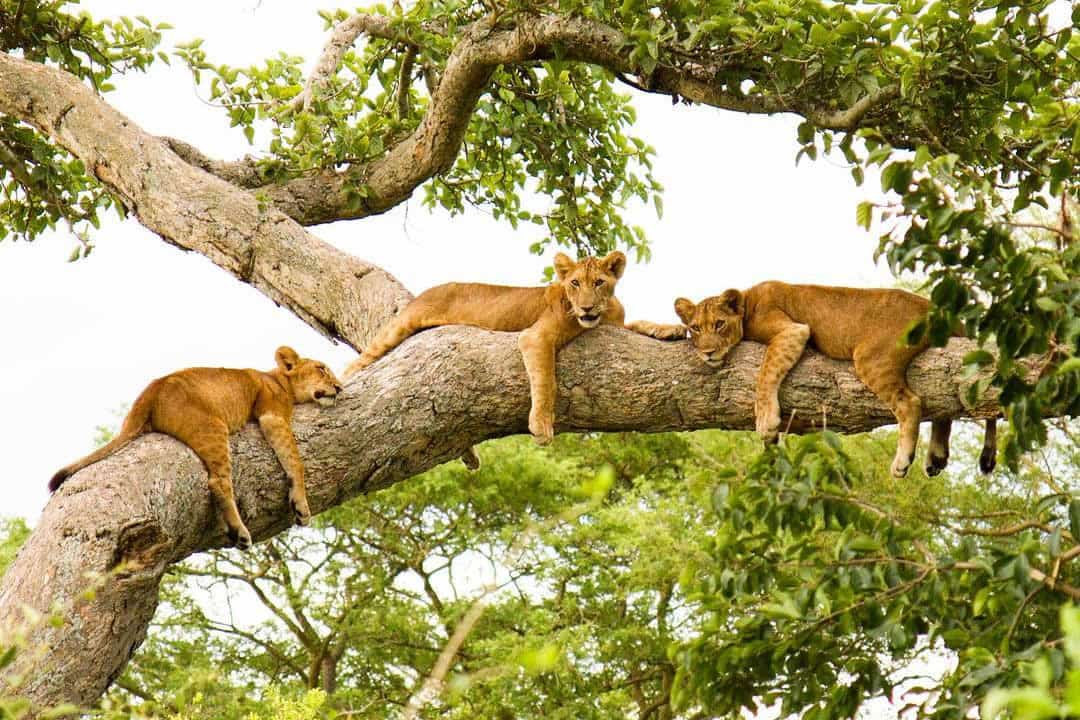
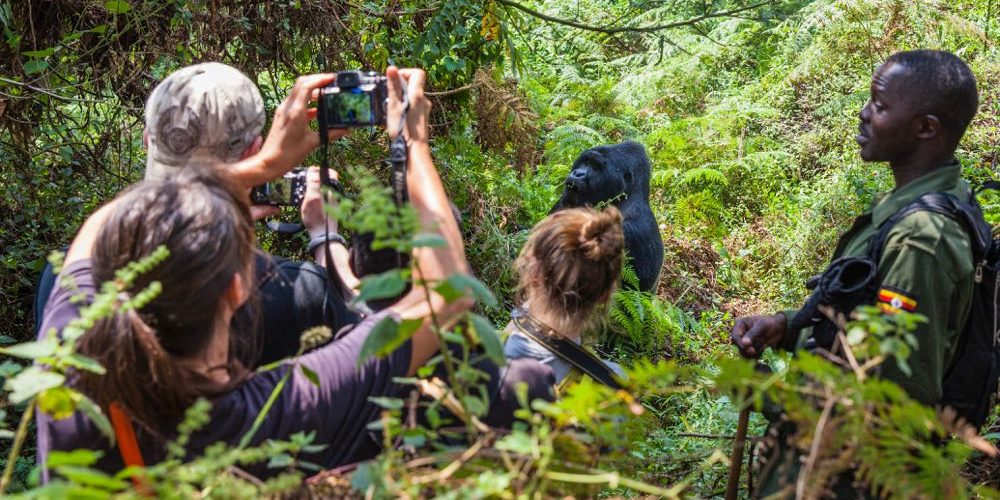
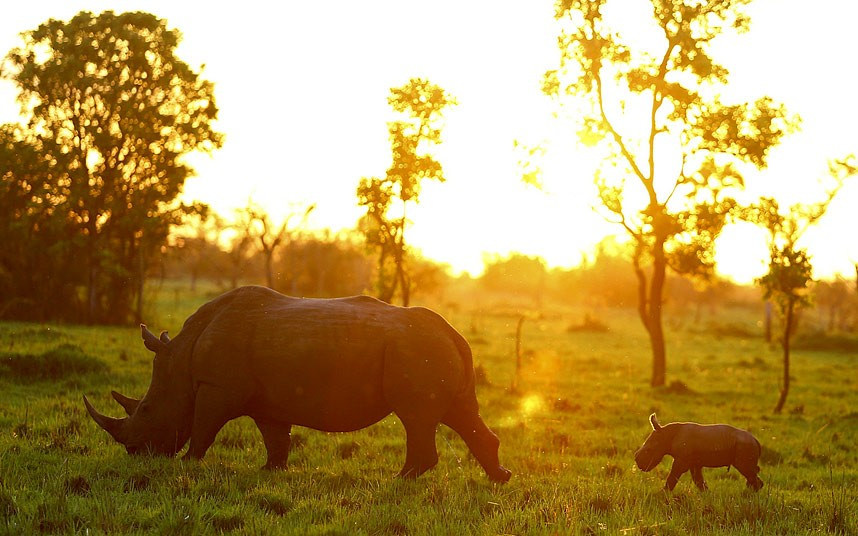


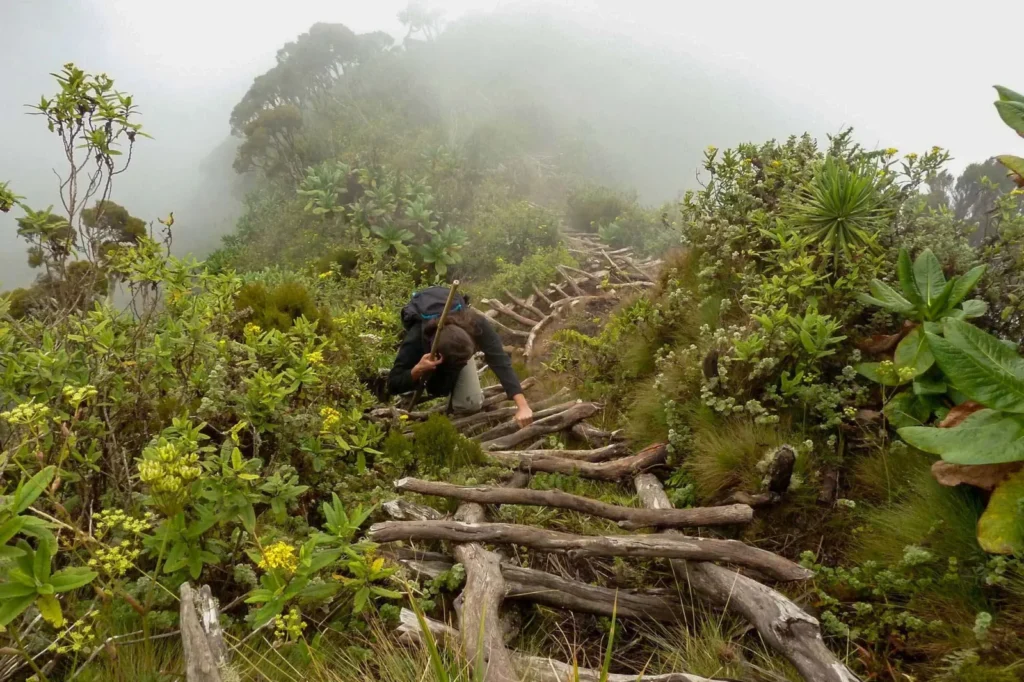
 WildHorn Africa – Authentic and unforgettable tours across Africa, guided by local experts who know the land, wildlife, and culture best.
WildHorn Africa – Authentic and unforgettable tours across Africa, guided by local experts who know the land, wildlife, and culture best.


